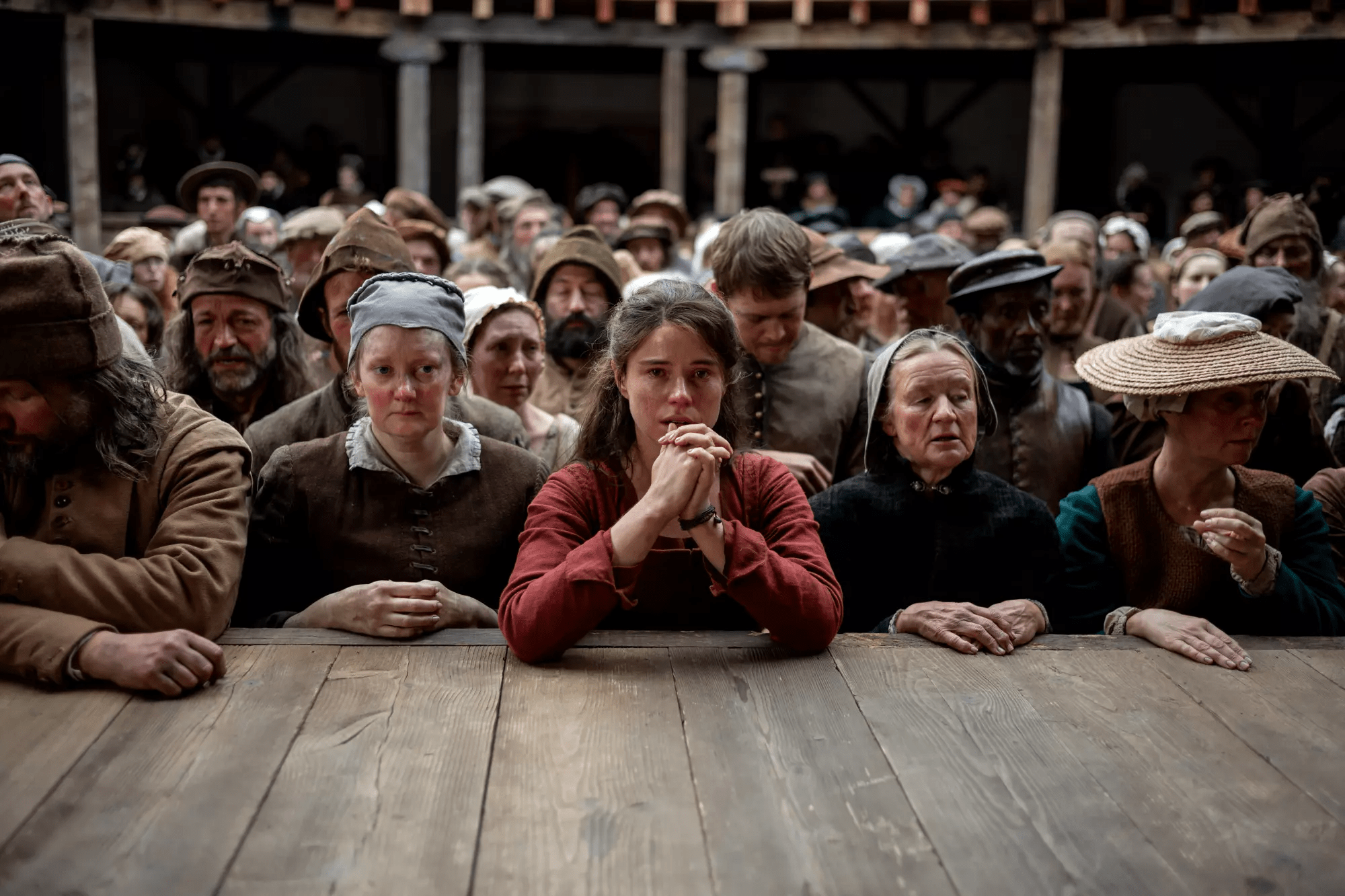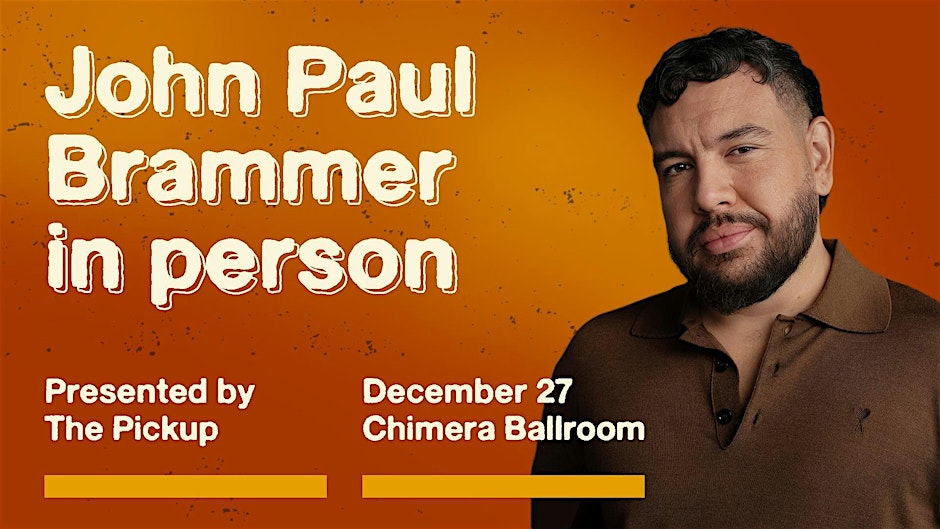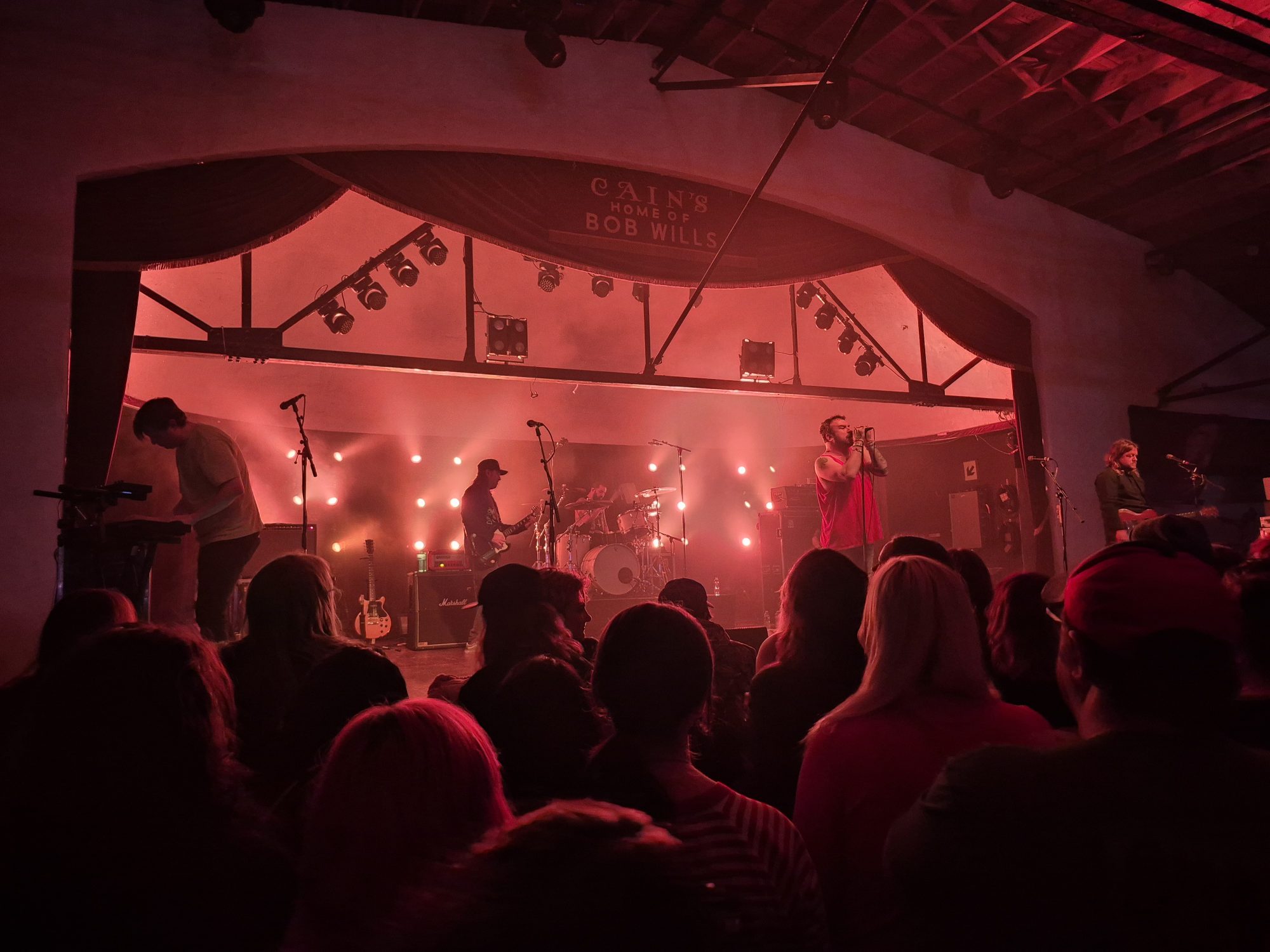
On the third floor of Oliphant Hall at the University of Tulsa there is a small overcrowded laboratory where, over the last 40 years, birds have been taxidermied and studied. Most of them are cliff swallows, the study of which is the life’s work of the university’s ornithologist, Dr. Charles Brown.1 In 2012, as a freshman pre-medical student, I was introduced to Brown’s collection through a work-study program advertised as an opportunity to learn taxidermy (specifically, working with bird skins).2 I was unsure what to expect, but I was attracted to the chance to get up close and personal with the anatomy of an animal.
The process of preparing the specimens was gruesome but also oddly satisfying. Removing the skin from the body required turning the bird inside out, extracting its body except for the leg bones and wing bones, removing the flesh from its limbs and the fat from the skin, squeezing the oil out of its preen gland, digging out its brain, popping out its eyes (my favorite part), and continually applying borax3 and cornmeal to dry out the skin. From there we would stuff the bird with cotton, tie its feet together, and finish by tagging the bird with a label that stated its scientific name, the date, and our names.
Perhaps unintuitively, tagging the animal was the most gratifying part. Dr. Brown, instructing me on the process, informed me that if I did a proper job, the specimen would last hundreds of years. It became a salve for the fear of eventually being forgotten by the world—my name would live on on these tags far longer than the last utterance of a loved one. Through this work I had a legacy.
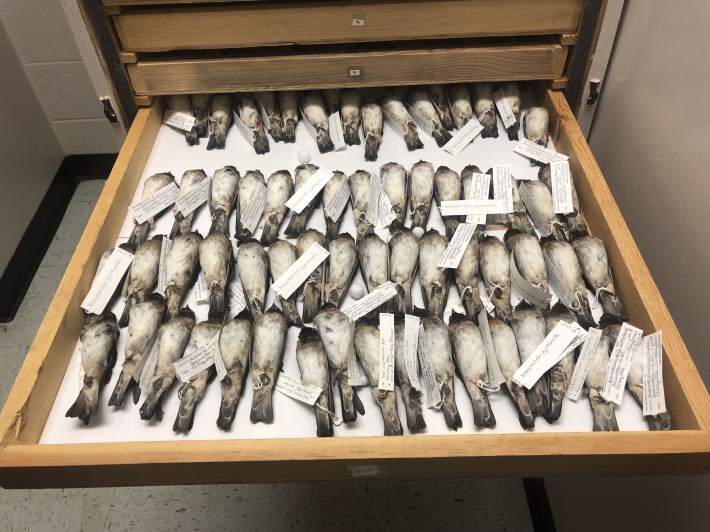
It’s been 12 years since that work-study program, and I haven’t stopped thinking about it—so much so that earlier this year I enrolled in a class on mouse taxidermy at Black Moth. A self-described “natural history store,” the establishment is a unique one in Tulsa, packed with mounts of exotic animals, including a giraffe head and a peacock, as well as crystals, bones, shells, and on-theme journals. (Jack White reportedly purchased a taxidermied opossum there last fall.)
A recent Saturday afternoon found me sitting with around 20 other adults in the vast back room of the store, eager to learn this new skill.
We stared at a large white mouse with its body hollowed out. On the table next to it: clay, cotton, and wires in a takeout container, a plastic bowl of a white substance which I recognized as borax, and, somewhat disturbingly, the insides of a mouse on a paper towel. The paper towel was wet and red with bloody fluid, increasingly so as the day went on.
The owner of Black Moth and our teacher for the day, Maris Blanchard, showed us how she skinned the mice. We then spent the rest of the afternoon stuffing the mice with the clay, wire, and cotton, told to mimic the form of the fleshy carcass at our station. I left the class with the mouse affixed to a styrofoam base; I’d used wire to make him look like he’s waving. If the borax holds, he’ll maintain this wave for centuries, outliving even my great grandchildren.
Taxidermy is hubristic in this way, a rebellion against life’s ephemerality. Like a photo or a painting, a taxidermied animal becomes an object frozen in time, a record of its environment. It’s easy to understand why some people want to have their deceased pets preserved, although many taxidermists will not provide this service. It also appeals to hunters looking for trophies for prize kills; these prizes (especially deer heads, ducks and fish) are often the bread and butter of professional taxidermists.
This is true for Vance Montgomery, an Oklahoma-based award-winning taxidermist4 who has made a name for himself with specialty pieces that preserve his client’s prizes, especially fish reproductions. He explained that he loves it when someone asks him to get creative with a piece of taxidermy. In 2016 he went Facebook viral for a piece he made for a client in Grove, a tabletop arrangement of a bass jumping through water chasing a bullfrog. The picture ended up amassing millions of views within 24 hours of posting, and changed his taxidermy shop, Vanmar Taxidermy, overnight. After the piece went viral, he had deals to make ten other pieces at $10,000 each.
Scientifically, preserving specimens has an additional purpose. “You’re also preserving a biological record,” Dr. Brown reminded me. “In those cabinets up there, [with specimens] spanning decades, that's an evolutionary record of what's going on with those animals. Changes in color, changes in body shape. I mean, without that, you would have no way of knowing. You couldn't go back in time and look at the evolution.”
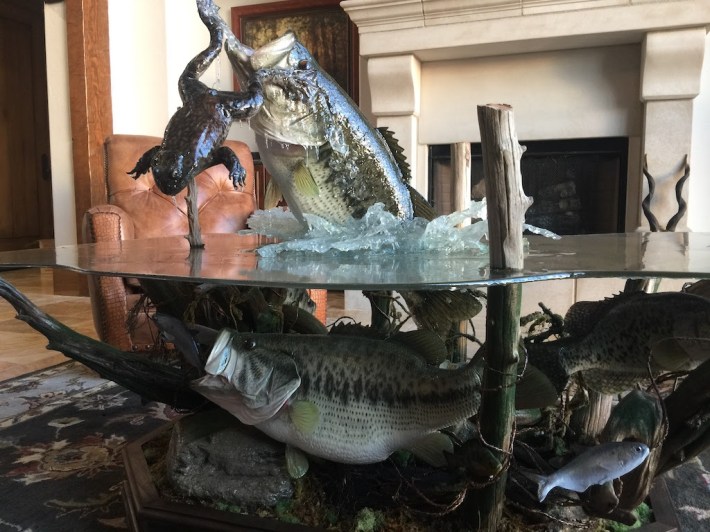
But that’s not the limit of taxidermy’s range. “You have making specimens, which is a scientific process,” Dr. Brown said, “[but] once you graduate up to mounting them in lifelike poses, then you're transcending into art.”
To create lifelike work, a taxidermist must have intimate knowledge of anatomy, the way an animal moves and behaves, and the environment in which it lives. “The one thing I really stress is going out to a zoo, or going somewhere that you can actually get up close to an animal and study the anatomy,” Vance Montgomery told me. “I was very fortunate that when I was learning white tail taxidermy, a farm in Claremore had a whitetail buck, his name was John, that they had raised from bottle-fed. He was really, really tame. I used to go out and spend hours touching him and looking at him and touching his ears and his face. It really helped me to get a grasp on what the anatomy of that animal was.”
Some taxidermists really lean into the artistic and sometimes surreal aspect of their craft, even creating anthropomorphized animals such as a collection of squirrels boxing, made by Edward Hart in the 19th century, that sold for $70,000 in 2013.
The pieces in Black Moth are of course for sale, but Blanchard says that many people come in the store just because they enjoy seeing her curated collection, and she welcomes their curiosity. During the class she taught and later in conversation with her, she tells me that she was never taught that it was “weird.”
“We just bring a whole bunch of different people together that know how to do these different preservation techniques and art forms,” Blanchard explained. “For me, it's an art in and of itself, collecting and curating all of this, and that's my favorite part. Yes, I can do the fine art, but my art is putting all this together. It's creating the vibe, it's playing the music, we've got the lights. Like, it's cool, it's fun, come hang out and look at all kinds of crazy stuff that you don't find anywhere else. All because my grandmothers taught me how to clean turtle shells.”
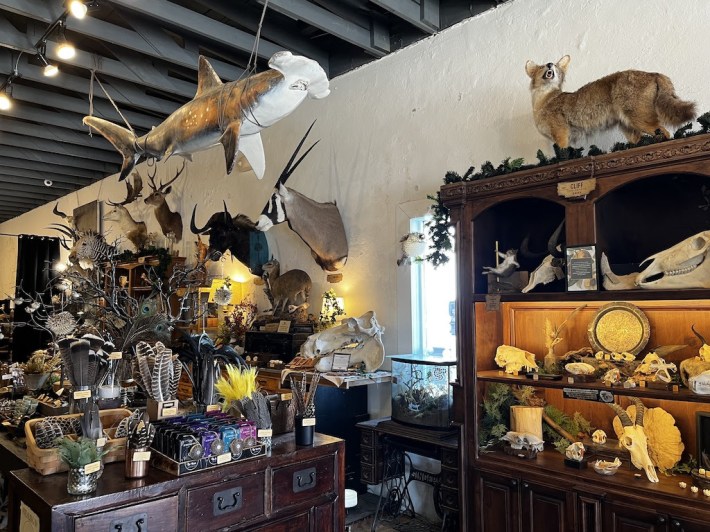
Private collections of taxidermy were apparently very popular in Victorian times, when middle-class people displayed preserved animals in their homes as a display of wealth and status. This popularity died down once photographs became more commonplace, but enthusiasts remain. Locally, you can find examples of taxidermy at spots as wide-ranging as Woolaroc, the Oddities and Curiosities Expo, Scheel’s, and of course, Mercury Lounge.
The SoBo dive bar has amassed quite a collection of taxidermied animals, the most memorable being a possum hung up with Christmas lights over the bar. Every New Year’s Eve they have a possum drop. “Twelve or so years ago we saw this bar in North Carolina or somewhere that lowers an actual possum,” Mercury’s co-owner Ethan Warlick told me. “We joked about it for our NYE. Knowing full well the notion of a live possum was wrong for all kinds of reasons, we went with a taxidermy. Strapped some lights on him and it’s gone from there. His name is George, because George Jones’ nickname was ‘the possum.’” Asked what these pieces bring to the vibe of the venue, he added, “I mean, nobody in their right mind would put them in their home, but they are all worthy of being saved. They are all just unique enough and they seem to kind of fit the Merc. It’s a place for everyone, which is awesome—and, like the taxidermy, you may not want ‘em in your house.”
Ultimately, taxidermy is an impulse to preserve something meaningful, whether a scientist’s record, hunter’s prize kill, an artist’s vision, the memory of a pet, or even the legacy of a taxidermist herself. So, the next time you see a taxidermied animal, whether in a friend’s hunting lodge, a natural history museum or a local dive bar, take a little time to appreciate the significance of this practice in which science meets art. It has value outside of its odd, macabre reputation, though that aspect can be part of the fun. Taxidermy is gross. It’s useful. And it’s beautiful.
Footnotes
- Most of the cliff swallows were collected after a major weather event in 1996 that killed thousands of birds in the study area in Nebraska. Dr. Brown explained to me, “It was a period of six cold days in May, and insects are out, and it's cold. So these birds died. The population was reduced. These were the birds I had been studying for 14 years, and their numbers were reduced by about 70 percent during those six days.… So we have this record of the weather event in the specimens. And then we continued to build the collection since.… So we're able to look at how the ones that die in the weather, how they're different from the ones that survive. There's no other collection of a single species from a single area like this one.”Return to content at reference 1↩
- Taxidermy is usually thought of as mounting skins in a life-like manner. In this scientific context, the process was technically preparing skins for study, which is a sub-category of taxidermy.Return to content at reference 2↩
- Before the use of borax, taxidermists used arsenic soap to preserve specimens and ward off pests. Yikes!Return to content at reference 3↩
- 1st place professional division fish taxidermy 1989 World Taxidermy Championship; 1st place Best Life Size Taxidermy, professional division, Oklahoma State Championship 1996; 1st place Best Whitetail Oklahoma State Championship 1994; 1st place Best Fish Reproduction, professional division Oklahoma State Championship 2019; 1st place Best Fish Reproduction, professional division, Texas State Championship. Return to content at reference 4↩

